Premium Only Content

How To Stop Riots
In How To Stop Riots I go through how to stop riots in one easy step. #riots #portlandriots
You can support me at
https://www.paypal.me/rightleftofcenter
A riot (/ˈraɪət/) is a form of civil disorder commonly characterized by a group lashing out in a violent public disturbance against authority, property or people.
Riots typically involve destruction of property, public or private. The property targeted varies depending on the riot and the inclinations of those involved. Targets can include shops, cars, restaurants, state-owned institutions, and religious buildings.[1]
Riots often occur in reaction to a grievance or out of dissent. Historically, riots have occurred due to poverty, unemployment, poor living conditions, governmental oppression, taxation or conscription, conflicts between ethnic groups (race riot) or religions (sectarian violence, pogrom), the outcome of a sporting event (sports riot, football hooliganism) or frustration with legal channels through which to air grievances.[2]
While individuals may attempt to lead or control a riot, riots typically consist of disorganized groups that are frequently "chaotic and exhibit herd behavior."[1] There is a growing body of evidence to suggest that riots are not irrational, herd-like behavior (sometimes called mob mentality), but actually follow inverted social norms.[3]
Dealing with riots is often a difficult task for police forces. They may use tear gas or CS gas to control rioters. Riot police may use less-than-lethal methods of control, such as shotguns that fire flexible baton rounds to injure or otherwise incapacitate rioters for easier arrest.[4]
The economic and political effects of riots can be as complex as their origins. Property destruction and harm to individuals are often immediately measurable. During the 1992 Los Angeles riots, 2,383 people were injured, more than 12,000 were arrested, 63 people were killed and over 700 businesses burned. Property damage was estimated at over $1 billion. At least ten of those killed were shot by police or National Guard forces.[11]
In How To Stop Riots i go through how to stop riots in one easy step.
Main article: 2005 civil unrest in France § Assessment of rioting
Similarly, the 2005 civil unrest in France lasted over three weeks and spread to nearly 300 towns. By the end of the incident, over 10,000 vehicles were destroyed and over 300 buildings burned. Over 2,800 suspected rioters were arrested and 126 police and firefighters were injured. Estimated damages were over €200 Million.
Law enforcement teams deployed to control riots often wear body armor and shields, and may use tear gas
Riots are typically dealt with by the police, although methods differ from country to country. Tactics and weapons used can include attack dogs, water cannons, plastic bullets, rubber bullets, pepper spray, flexible baton rounds, and snatch squads. Many police forces have dedicated divisions to deal with public order situations. Some examples are the Territorial Support Group (London), Special Patrol Group (London), Compagnies Républicaines de Sécurité (France), Mobiele Eenheid (Netherlands), and Arrest units (Germany).
Risk of arrest
A high risk of being arrested is even more effective against rioting than severe punishments.[13][dubious – discuss] As more and more people join the riot, the risk of being arrested goes down, which persuades still more people to join. This leads to a vicious cycle, which is typically ended only by sufficient police or military presence to increase the risk of being
Under United States federal law, a riot is defined as:
A public disturbance involving (1) an act or acts of violence by one or more persons part of an assemblage of three or more persons, which act or acts shall constitute a clear and present danger of, or shall result in, damage or injury to the property of any other person or to the person of any other individual or (2) a threat or threats of the commission of an act or acts of violence by one or more persons part of an assemblage of three or more persons having, individually or collectively, the ability of immediate execution of such threat or threats, where the performance of the threatened act or acts of violence would constitute a clear and present danger of, or would result in, damage or injury to the property of any other person or to the person of any other individual.18 U.S.C. § 2102.
Each state may have its own definition of a riot. In New York, the term riot is not defined explicitly, but under § 240.08 of the N.Y. Penal Law, "A person is guilty of inciting to riot when one urges ten or more persons to engage in tumultuous and violent conduct of a kind likely to create public alarm."
-
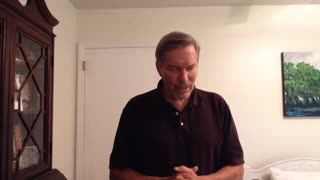 8:17
8:17
What Is Truth
4 years ago $0.01 earnedRiots, An Answer
2192 -
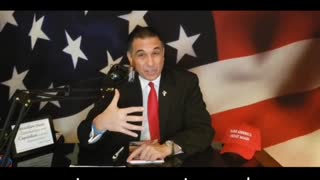 1:36
1:36
John Di Lemme - Conservative American Patriot who brings to you the Best of the Best in the Conservative Arena
4 years ago $0.08 earnedKamala Harris Said Protesters SHOULD NOT Stop! Violent Riots Continue to Destroy American Cities!
250 -
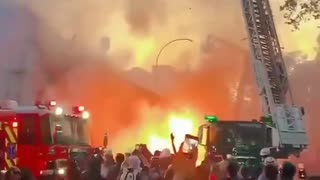 0:15
0:15
DigitalWarror2020
4 years agoRiots in Santiago, Chile.
97 -
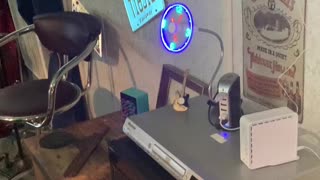 0:26
0:26
RandomHow2Videos
4 years ago $0.01 earnedHow 2 Stop Time
32 -
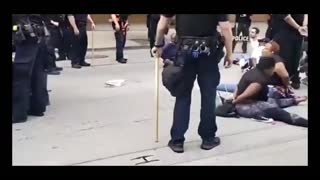 0:09
0:09
TheConservativeLatino
4 years agoLouisville riots
57 -
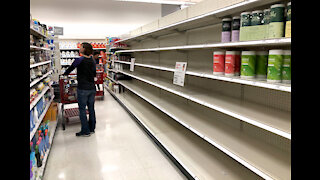 5:52
5:52
Jamesone
4 years agoCOMING FOOD RIOTS
377 -
 0:30
0:30
Exposing the truth
4 years ago $0.01 earnedBLM Organized riots in Louisville
57 -
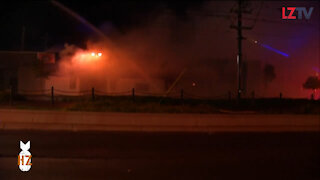 3:39
3:39
HotZone
5 years agoHow are these riots honoring George Floyd?
185 -
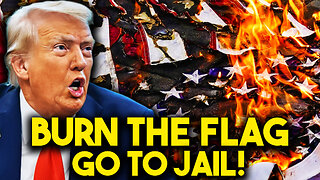 3:58:26
3:58:26
The Bubba Army
1 day agoBURN The FLAG, Go to JAIL! - Bubba the Love Sponge® Show | 8/26/25
68.5K29 -
 29:45
29:45
DeVory Darkins
18 hours ago $8.30 earnedDemocrat Governor suffers EMBARRASSING LOSS to Trump as ICE takes Garcia into custody
34.8K76